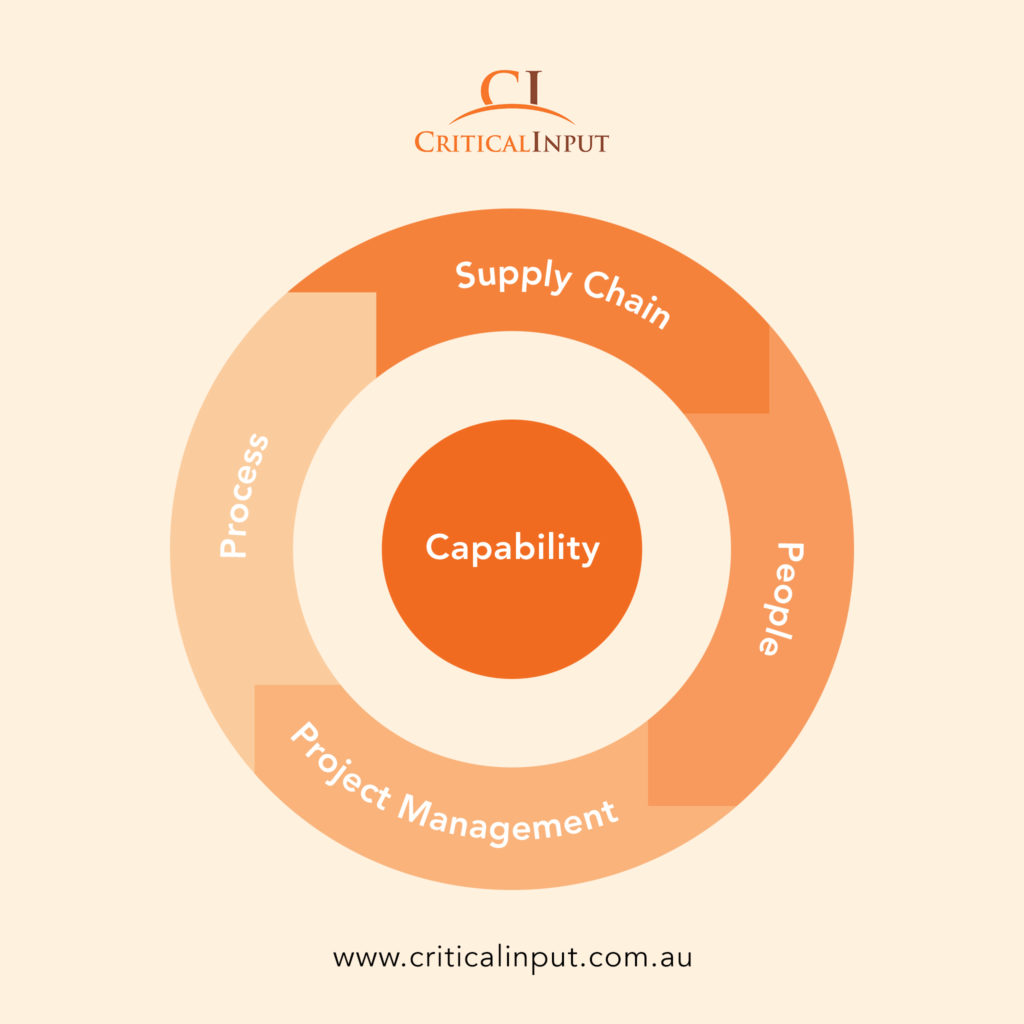PART 1: What if your ideal mentor is outside your workplace?

In this two-part series, Critical Input Senior Consultant Chris Bevin helps us investigate the mentor-mentee relationship, how to form one, and why you should.
According to Critical Input Senior Consultant Chris Bevin who has been a mentor through the Australian Institute of Project Management (AIPM) for two years, your ideal mentor may not be within your organisation.
One of the advantages Chris sees in out-of-house mentoring programs is they offer mentees a greater choice of mentors, with different skills, knowledge, and perspectives compared to those within their organisation.
“Out-of-house programs can challenge both mentor and mentee to think outside their own corporate cultures and view their organisation through a different lens,” Chris said.
“They can also support more open conversations, with greater neutrality which promotes more robust and valuable relationship between mentor and mentee and the development of fresh perspectives to take back into their workplace.”
As well as her work with AIPM, Chris regularly provides unstructured mentorships and career support to other mentees.
“Indeed, sometimes clients become mentees, especially when I’m hired to fill a knowledge gap or engaged to complete a specialised project such as managing a shut-down,” Chris said.
What does mentoring bring to the mentee and mentor?
At any point in your career, having a source of guidance, encouragement and support in the form of an experienced mentor can provide a range of personal and professional benefits, in both the immediate and longer terms.
But Chris said there are also clear benefits for the mentor.
“For the mentor, it’s a wonderful opportunity to give back, as well as an opportunity to reflect on achievements and the paths that lead to where you are,” she said.
“Asking questions of your mentee can assist in developing deeper insight around your own career path and achievements.”
External mentors give impartial career advice
A mentor who is further along on their career path, with goals and values similar to your own, can help guide you through your career path.
“A breadth of experience of work types and organisations is beneficial for our personal development and career development,” Chris said.
“It’s very easy to get tunnel vision when you’re trying to solve a problem or reach an outcome. Having a mentor who can provide that alternate lens is one of the greatest benefits from mentoring to wider networks.”
Employees might be looking for career opportunities at other organisations or struggling with a management relationship, and it can be awkward to discuss that with an in-house mentor.
“As an example, for someone working in the public sector considering a transition to the private sector as next step in their career progression and personal development, it can be hard to have that conversation with an in-house mentor if, for example, they have never worked in the private sector”
“Mentors may need to have difficult conversations around challenging interpersonal issues you may be experiencing, and seek solutions: for example, how to engage with a difficult manager.
From the mentee’s perspective, an in-house mentor may know their manager or may have a connection to them – that naturally makes conversations are harder.”
About Critical Input
Founded in 2005, Critical Input is a consultancy service offering process improvement and supply chain and project-management activities. It works in sectors from water and energy to mining and heavy industry. At the centre of everything are three principals: Process, because without process, there is no destination; people, because without buy-in, there is no evolution; and principles – because integrity is everything.
Critical Input’s Managing Director Tim Griffiths has handpicked a team that can provide the right resources, the right skill set and the right mindset. Each one is senior in their experience, so they can hit the ground running on clients’ projects. Critical Input takes a simple approach to allow organisational enablers – both people and processes – to improve activities. We see that as critical – hence the business name.

“The name ‘Critical Input’ was inspired by the projects I was working on before forming the company. I’d name those projects ‘critical inputs’ to the business because I was managing, say, a mining activity’s major ‘critical inputs’ – power, water, fuel, tyres. So, the activities we look at around people and process and putting those together, within the supply chain and project management technical activities, form the critical inputs.” -Tim Griffiths




